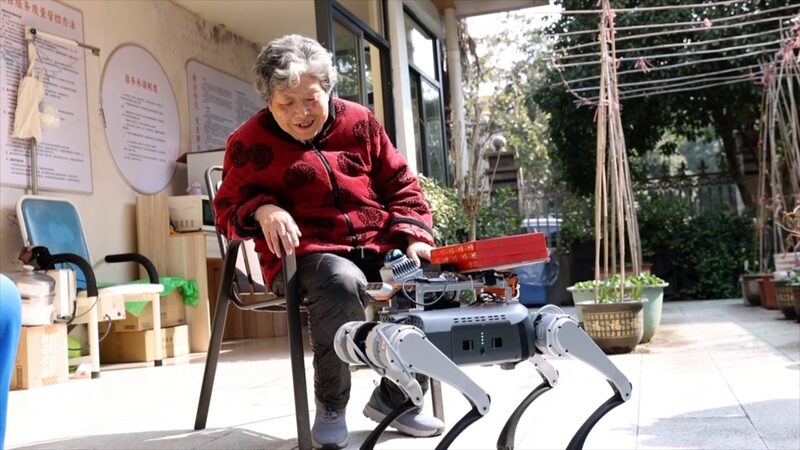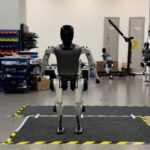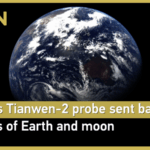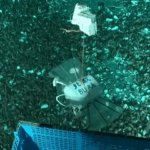China's ambition to pioneer space resource extraction has taken a groundbreaking leap with the development of its first multifunctional space mining robot. Designed by researchers at the China University of Mining and Technology (CUMT), the six-legged machine combines wheel and claw appendages to navigate microgravity environments, opening possibilities for extracting minerals and materials from asteroids or other celestial bodies.
The innovative design addresses the challenges of operating in low-gravity conditions, with three wheel legs providing mobility and three claw legs offering gripping capabilities. This dual functionality enables the robot to traverse uneven surfaces and anchor itself while performing mining tasks, a critical feature for extraterrestrial environments where traditional Earth-based machinery would fail.
'This development aligns with China's long-term vision for sustainable space exploration,' said a CUMT engineering lead who requested anonymity. 'Accessing resources in space could reduce reliance on Earth's finite reserves while supporting future lunar or Martian missions.' Analysts suggest the breakthrough could position China at the forefront of the burgeoning space mining sector, which Goldman Sachs estimates could grow into a trillion-dollar industry by 2040.
While technical hurdles remain—including radiation resistance and energy sustainability—the robot's successful prototype tests mark significant progress. The project also underscores China's expanding role in space technology, following recent achievements like the Chang'e lunar missions and the Tiangong space station.
For investors and researchers, the development highlights opportunities in robotics, material science, and international space collaboration. However, experts emphasize the need for global regulatory frameworks to govern extraterrestrial resource exploitation as technology advances.
Reference(s):
cgtn.com







